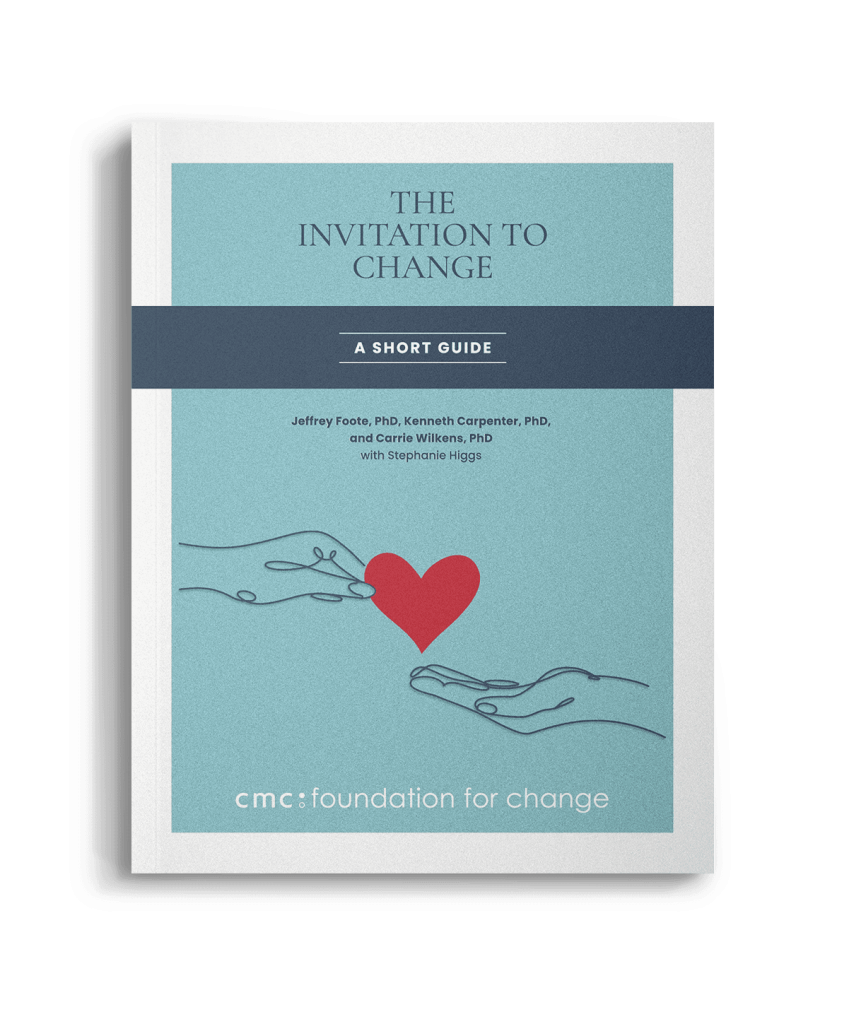THE INFORMATION SANDWICH
Information and feedback figure in any human interchange and the “information sandwich” technique is a three-step process for making information (the contents of the sandwich) palatable for the other person. By layering information between asking permission and checking back or clarifying afterwards, sandwiching helps the person receive it, take it in, and feel empowered to use it.
1. Asking permission – This conversational equivalent of knocking on the door before you enter has several benefits. First, by asking permission to give them information, you help the other person make a fundamental motivational shift: you allow him to invite you in. Consider your own interactions: if someone shows up at your house unexpectedly, it’s a different proposition than when you have asked for the company. In the latter case, you can prepare and arrange things in a way that is comfortable for you.
You can give your partner a similar courtesy in conversation.
For example:
- “Would it be helpful for you to hear about…?”
- “Could I offer a thought?”
- “Can I ask a question?”
- “I have a couple of ideas…but did you want to say your ideas first?”
- “Is it alright if I express one concern I have about this plan?”
Asking permission is one way to make sure the light is green before you proceed with the content of your discussion, and it increases the chances that the light will be green, as it enhances your partner’s sense of safety and control. Plus, it honors his autonomy by giving him a choice. This may seem like a small point, but it can have a profound effect on the conversation when your partner feels like he is a participant rather than a passive or reluctant recipient of your words— the difference between talking at and talking with. This spirit of collaboration is fundamental to motivational therapies and is equally powerful in conversations. Asking permission increases the likelihood that the other person will hear what follows. One last point: truly asking permission means leaving room for them to say “No, I’d rather not hear this right now.” It is so much better to know this than to speak to deaf ears.
2. Providing information – Permission granted, you would relate the information or feedback in question. Here are a few tips.
- Provide options. Whenever possible, it helps to offer more than one good option. It’s harder to reject multiple options wholesale, as it puts your partner in a position to weigh the pros and cons of each rather than simply say “no.”
- Offer; don’t impose. By the same logic of asking permission, your partner will more likely hear, appreciate, and use information that is offered rather than forced on him.
- Allow disagreement. As much as possible, leave room for your partner to not accept or agree with the information. By asking permission and providing options you better the chances that he will, but it’s still his right to disagree. Collaborators don’t tell each other what to do; they resolve it together. Allowing for disagreement means the conversation doesn’t depend on agreement to go forward or, conversely, come to a screeching halt every time you disagree.
Reflecting your partner’s autonomy will help you stay in communication and encounter less defensiveness—in other words, more green lights.
3. Checking back or clarifying – The top layer of the sandwich helps your partner process the information and remain open to the discussion. Essentially, you want to know how the information was received: whether your partner understood the information or feedback, whether it was digestible or emotionally acceptable—or did he get too mad, hurt, or sad to take in what you said?—and so on. For example:
- “Does that make sense to you?”
- “I just wanted to check back about…”
- “I’m not sure I said that very clearly…”
All together, the sandwich technique is a great way to keep communication open and constructive, offering chances to understand if there is a breakdown, as well as to develop collaboration.
Next Page: Communicating with LOVE: Validating and Empathizing


